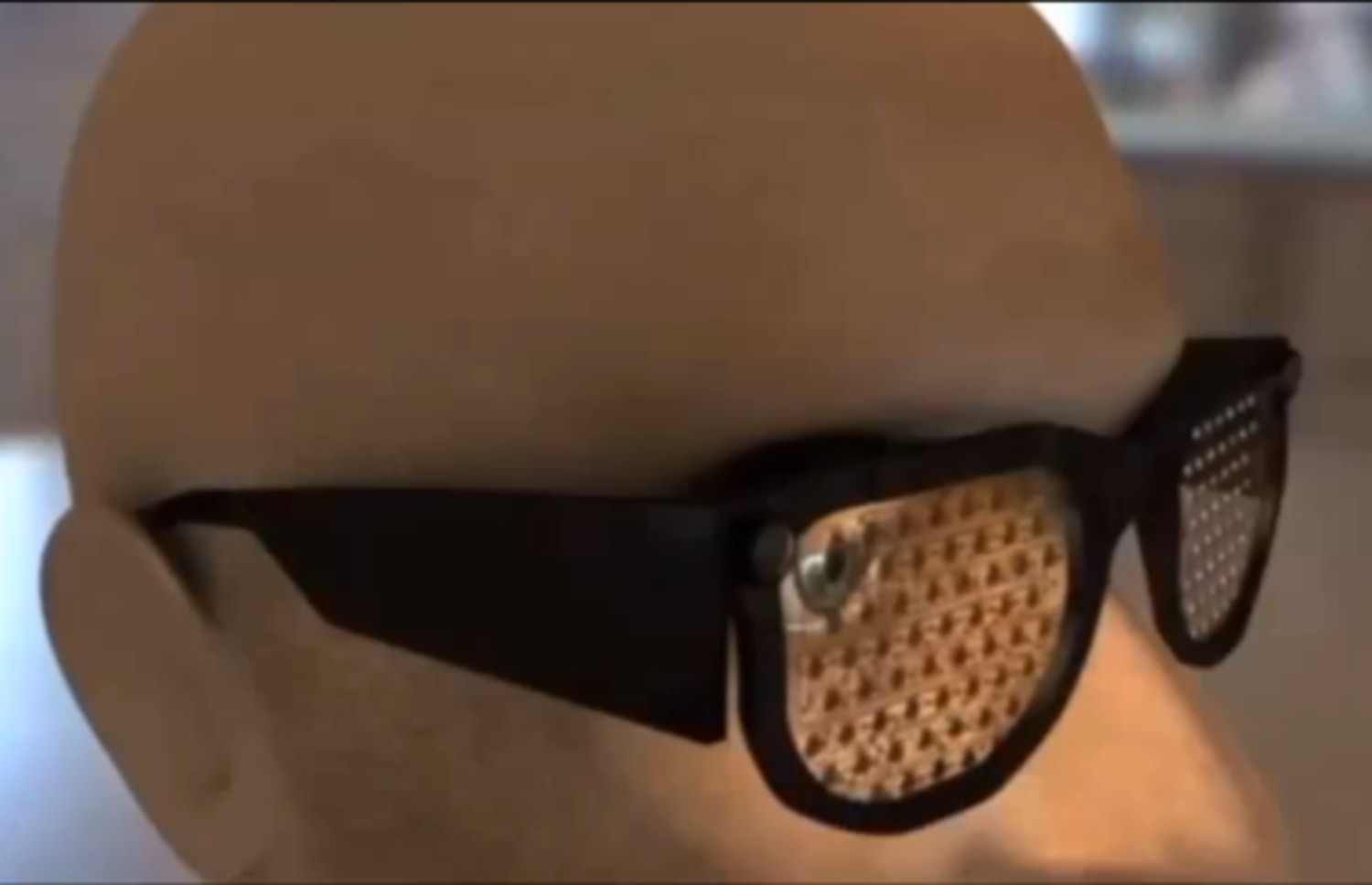Discover Advanced Assistive Gadgets for Individuals With Aesthetic Problems
The landscape of assistive technology for individuals with aesthetic impairments is developing quickly, providing a variety of cutting-edge gadgets that boost autonomy and involvement. From wise glasses that seamlessly combine aesthetic input with acoustic support to advanced navigation applications that redefine spatial understanding, these devices are reshaping opportunities.
Smart Glasses Innovations
Smart glasses represent a significant development in assistive modern technology for individuals with aesthetic disabilities. Furnished with video cameras and sensing units, clever glasses can catch real-time aesthetic details, which is then refined and communicated to the user with audio feedback or haptic experiences.
Moreover, advancements in artificial intelligence have further enhanced the abilities of clever glasses. Machine discovering algorithms can recognize faces, reviewed text, and determine items, making them invaluable devices for day-to-day tasks. Users can receive auditory hints that provide context concerning their setting, promoting self-reliance and self-confidence.
Additionally, the ergonomic style and lightweight nature of numerous wise glasses make them appropriate for long term use, ensuring convenience while enhancing performance. As these gadgets proceed to progress, they hold the prospective to transform the means people with aesthetic problems experience their every day lives, linking the void in between access and innovation. The continuous r & d in this field promise to expand the opportunities for wise glasses, making them an important component of contemporary assistive devices.
Navigating Application and Devices
Various navigation applications and devices have actually become essential resources for individuals with visual problems, significantly enhancing their capacity to pass through strange settings. These modern technologies leverage general practitioner functionality, audio signs, and real-time information to give users with specific navigation support.
One noticeable example is the Aira app, which links individuals to trained agents that can give aesthetic descriptions of environments and navigating support through a real-time video feed. This solution boosts the user's spatial recognition and confidence while navigating. One more significant tool is Seeing Eye GPS, which offers voice-guided navigation and sights, enabling customers to accessibility vital info about their environments.

As modern technology remains to advance, the advancement of much more advanced navigation devices guarantees to additional equip individuals with aesthetic problems, promoting seamless wheelchair and combination into varied settings. Such technologies are instrumental in advertising a much more inclusive society.
Braille Modern Technology Developments
Recently, improvements in Braille innovation have substantially transformed just how individuals with aesthetic disabilities gain access to information and involve with the world around them. The development of portable Braille screens has actually revolutionized reading by enabling customers to attach wirelessly to computers, smartphones, and tablet computers. These devices convert text into Braille in real-time, making it Recommended Reading possible for smooth communication with electronic web content.
Additionally, innovative Braille printers have actually arised, enhancing the manufacturing of tactile materials. Modern embossers are much faster and extra effective, enabling the fast production of Braille documents and instructional products. This efficiency minimizes the time and price linked with creating Braille sources, making them much more available to colleges and organizations.
Additionally, the assimilation of Braille with various other technologies, such as expert system and artificial intelligence, has actually opened new methods for individualized discovering experiences. Voice recognition and synthesis modern technologies can match Braille, supplying a comprehensive method to info dissemination.
As the need for inclusive education and work environment settings expands, these technical developments play a vital role in encouraging people with visual disabilities, ensuring they have equal accessibility to details and opportunities in various facets of life.
Wearable Tools for Self-reliance
A growing range of wearable gadgets is enhancing independence for individuals with aesthetic impairments, using cutting-edge solutions that boost navigation and daily living. Braille displays and notetakers. These devices use advanced technologies to supply real-time feedback and assistance, promoting freedom in numerous atmospheres

Wearable modern technology likewise consists of smartwatches that can be configured with accessibility functions, allowing customers to obtain notifications, track their locations, or also call for help with the touch of a button. Moreover, some tools incorporate man-made knowledge to evaluate the environment, opthalmologist offering audio descriptions of neighboring objects or individuals.
Voice-Activated Assistive Solutions
Leveraging voice-activated assistive services has actually changed the landscape of support for people with visual disabilities, supplying hands-free interaction and accessibility to a range of jobs. These modern technologies use all-natural language handling and expert system to allow individuals to carry out daily tasks through easy voice commands.

Additionally, current improvements in voice acknowledgment accuracy have improved the customer experience substantially, fitting diverse accents and speech patterns. This inclusivity ensures that even more individuals can take advantage of these modern technologies, cultivating a higher feeling of autonomy.
Final Thought
To conclude, the growth of sophisticated assistive devices dramatically enhances the independence and lifestyle for individuals with aesthetic disabilities. Innovations such as clever glasses, navigating apps, Braille modern technology, wearable gadgets, and voice-activated services jointly foster an even more inclusive environment. These technologies equip users to navigate their surroundings with confidence and involve more completely with the world, inevitably promoting higher ease of access and level playing fields for people dealing with visual challenges.
The landscape of assistive innovation for individuals with aesthetic problems is evolving swiftly, offering a range of cutting-edge gadgets that improve freedom and engagement.Smart glasses stand for a considerable improvement in assistive technology for people with aesthetic problems. As these devices proceed to progress, they hold the possible to reinvent the means people with aesthetic disabilities experience their everyday lives, connecting the void between access and technology.In recent years, advancements in Braille innovation have actually substantially transformed exactly how people with visual problems gain access to info and involve with the world around them. These modern technologies empower customers to navigate their environments with confidence and involve even more fully with the world, ultimately promoting higher ease of access and equal possibilities for individuals dealing with visual challenges.